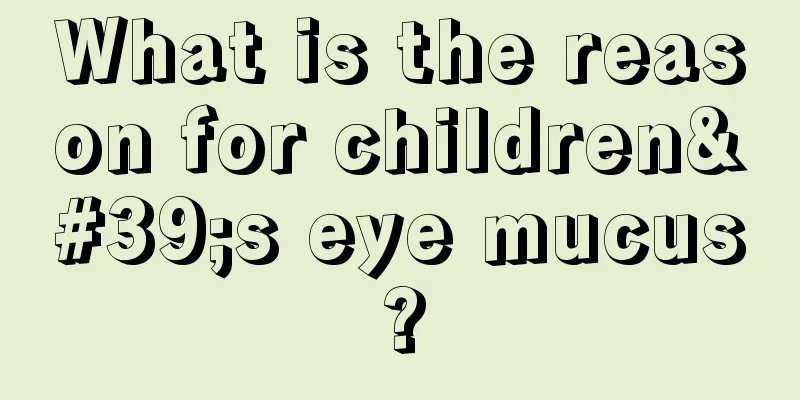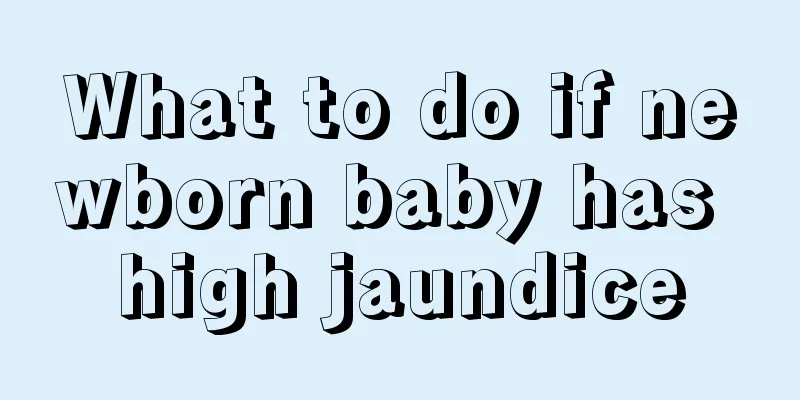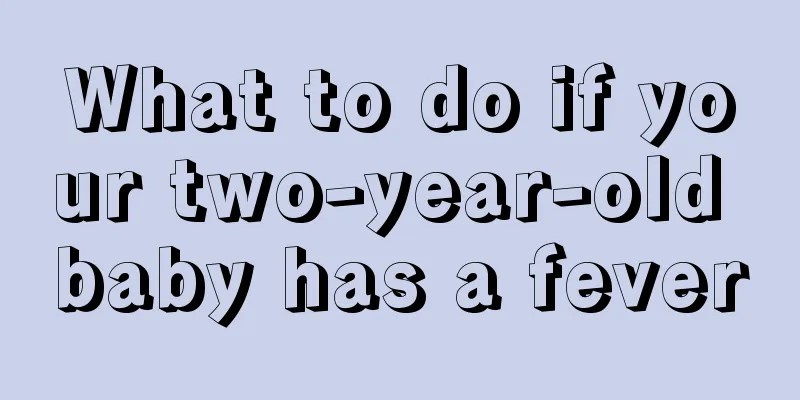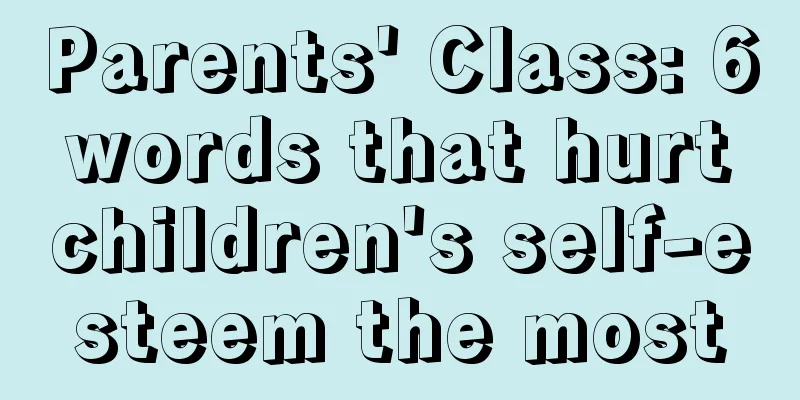Children's skin itching small red bumps

|
Compared with adults, children's skin is more delicate, so once skin problems occur, they can be very scary. However, in life, due to the heat or mosquito bites, children may also have some skin problems or even some skin diseases, which may cause itching and small red bumps on their skin! Therefore, if you discover skin problems in children, it is best to go to the hospital for diagnosis to avoid scarring. Western medicine etiology: The pathogenic factors are relatively complex, but in terms of itching, it is mainly caused by chemical mediators and the release of histamine, kinin and protease. Generalized pruritus is often a skin symptom of certain systemic diseases such as diabetes, hepatobiliary diseases, visceral tumors, chronic renal insufficiency, abnormal thyroid function, habitual constipation, intestinal parasitic diseases, autoimmune diseases, etc. It can also be caused by pregnancy, neuropsychiatric factors, eating spicy and irritating foods, wearing synthetic fabrics close to the body, climate changes (hot, cold, humid, dry), and biological or chemical stimulation in the working environment. In addition to the above factors, localized skin itching is often caused by local factors such as epidermophyton disease, enterobiasis, hemorrhoids, leucorrhea, sweating, clothing friction, local material stimulation, etc. Cause of disease in Traditional Chinese Medicine: Traditional Chinese Medicine believes that this disease is caused by wind evil, that is, all itching is caused by wind and belongs to deficiency. Pathogenesis in Traditional Chinese Medicine: It is mostly caused by external invasion of wind evil, internal disturbance of blood heat, or blood deficiency and malnutrition. Wind itching is caused by moisture in the skin, or blood deficiency and wind dryness. Antihistamines and sedatives: Receptor antagonists among antihistamines are often used clinically, such as cyproheptadine 2 mg, 3 times a day, orally; chlorpheniramine 4 mg, 3 times a day, orally. Combining with H2 receptor antagonists such as cimetidine 0.2g, 3 times a day, orally; ranitidine 0.2g, 3 times a day, orally, etc., can achieve the effect of sedation and antipruritic. Venous blockade therapy: For systemic itching, 10-30 ml of 0.25% procaine hydrochloride with 1.0-2.0 g of vitamin C can be used for intravenous blockade once a day, or 10% calcium gluconate injection with 1.0 g of vitamin C can be used, and slowly injected intravenously. Corticosteroids: 10-30 mg of prednisone tablets, 3 times a day, orally. For stubborn symptoms of severe itching that are difficult to control with other therapies, it can be used appropriately for a short period of time, or used in combination with other therapies, under the premise of strictly controlling the dosage changes. |
<<: What's wrong with the white spots on the child's face?
>>: Can children drink enzymes?
Recommend
What to do if your child has poor resistance
Children have weaker health and are always catchi...
Causes of Henoch-Schonlein Purpura Nephritis in Children
Children's health is a problem that parents a...
Red blood streaks on the child's face
There are many reasons why red blood streaks appe...
What is enuresis
Enuresis refers to the unconscious urination beha...
What to do if your son has a bad temper
Children with bad tempers who lose their temper e...
Is it normal for babies to have yellowish green stools?
Since newborn babies are generally breastfed, the...
What's wrong with a 16-month-old child who still can't speak?
Why does a child not speak at 16 months old? In f...
Do children with cerebral palsy have normal intelligence?
When a baby is in a pregnant woman's womb, we...
What are the benefits of swimming for children?
Summer is here and many people choose to go to th...
Why does my child feel nauseous and retching in the morning?
Every family hopes that their children can grow u...
Symptoms of myocardial damage in children
Every change in the baby after birth is watched b...
High lead level in baby
Family members cannot tell with the naked eye whe...
What to do if your newborn baby has red blood streaks on his face
If some children suffer from diseases, it will se...
What medicine should children take for cough
Coughing is really bad for the body and will brin...
What foods can babies eat to promote brain development?
Whether a child is smart or not is not only relat...









